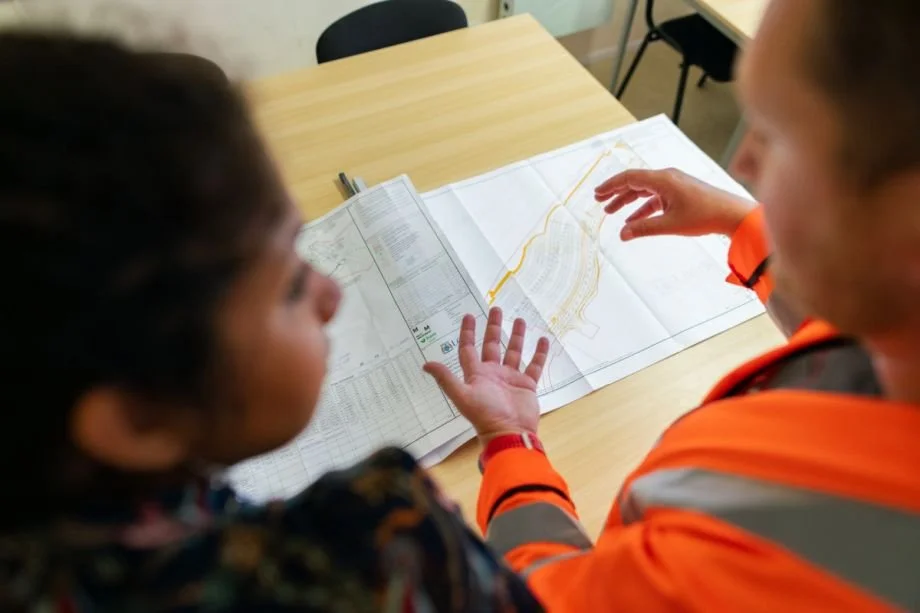New technologies can solve problems—or make them worse. In the chase for technofixes like flying cars, it's important to know when to pump the brakes.
Read MoreBuilding to the street can create urban form and character, and increase the productivity of a site—even a site like this airport hotel.
Read MoreResidents of Allendale, LA, learned that controversial Interstate 49 inner-city connector will not be cutting through their neighborhood. Unfortunately, however, the victory has been bittersweet.
Read MoreCalculating the 100-year lifecycle costs of new development shouldn’t be an obscure process, and the province of British Columbia, Canada, has created a tool to help its communities do exactly that.
Read MoreThe proposed annual budget for Winnipeg, MB, reveals the true cost of the Suburban Experiment, and the vibrancy that the city (and so many others like it) has sacrificed in many of its neighborhoods.
Read MoreThe town council in Castle Rock, CO, received a shocking briefing at a recent meeting: that their single, mid-sized region within a single, mid-sized state has accrued almost a billion dollars of debt. But how?
Read MoreGood urbanism doesn’t have to mean large apartment buildings or an immaculate row of brownstones; the ad-hoc version on display in this Florida neighborhood is more relevant as a model of adaptation for the rest of us.
Read MoreLocal Conversation leader Noah Tang appeared on the radio to talk about how his group, the Bloomington Revivalists, are making positive changes for housing in their community.
Read MoreCincinnati activists are bringing a civil rights claim against the Ohio Department of Transportation in order to put a halt to a multibillion-dollar infrastructure boondoggle.
Read MoreBeing human means being connected to place. So why have we stopped seeing our places as extensions of ourselves, of our homes, and of our values?
Read MoreAlex Alsup comes back to the Strong Towns Podcast to talk about property taxes and assessments in Detroit—and a useful tool that homeowners, assessors, and nonprofits can use in balancing this imbalanced system.
Read MoreWe’ve become desensitized to the car crashes—and the factors that cause them—that kill people like Indianapolitan Frank Radaker every day on our streets. It’s time to change that.
Read MoreIf all a nation can provide are civil engineers who are given a crash course in transportation studies, what do we get?
Read MoreA cyclist was killed at this intersection in Indianapolis. Here are five low-cost, easy fixes to prevent additional tragedies in the future. City officials, take note.
Read MoreMissouri’s governor is stuck on a mid-20th-century economic model, wherein connecting cities via interstates provides big economic returns. But such a mindset is going to do a lot more harm than good in today’s world.
Read MoreAs America’s cities continue their halting climb up and out of the last few years, data analytics firm Urban3 foresees a few crises—as well as opportunities—waiting for them in 2023.
Read MoreIf the U.S. is advancing in its ability to build things, why does it seem like our places are falling apart?
Read MoreTens of thousands of homes are now more buildable, including several projects now resurrected that local parking mandates had previously killed.
Read MoreA recent report from Smart Growth America highlights the extent to which zoning laws (in a staggering percentage of U.S. communities) stifle our ability to create walkable, human-centered places.
Read MoreFind yourself wanting to get involved in your city, but constantly feeling the “ick?”
Read More



















